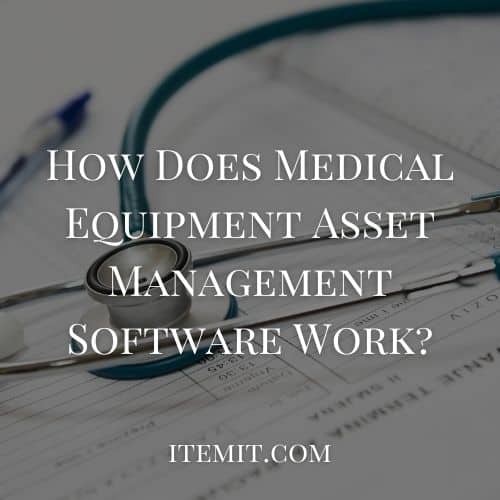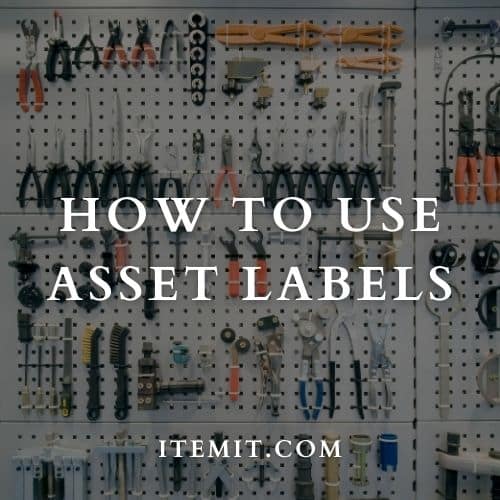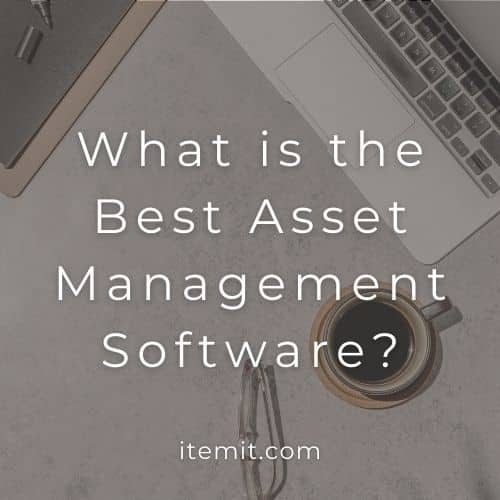How Does Medical Equipment Asset Management Software Work?
Medical equipment asset management software allows you to track your reactive and preemptive maintenance, create an asset register, and track your tools and equipment.
With medical equipment asset management software, you’ll be able to see what you own and what the status of your assets are. In the medical industry, it’s essential that you keep a tight and streamlined asset register so that you can react at a given moment.
![]()
itemit can help you with your asset management needs, allowing you to add data to your assets and export it for everyone who needs to see it. Find out more, here.
How Does Asset Management Software Work?
Asset management software will allow you to add digital profiles of all of your assets. For example, if you want to track kits to load onto ambulances, you can add a profile for the kit itself, as well as all of the tools and equipment within the kit.
Then, you’ll be able to use the same asset management software to link your physical tools and equipment with their digital doubles. This is done using asset tags.
These asset tags are stuck onto the equipment, then scanned into your software. As a medical environment is so busy, you’ll be able to mix and match which tags you use to automate your tracking procedures.
So, you’ll be able to use fixed RFID asset tracking, combined with QR code asset management, for example.
Every time an asset’s tag is scanned, its last-seen location will update, allowing you to create a full location history of your assets.
Additional Benefits of Medical Equipment Asset Management Software
After you’ve logged and tagged your assets, you’ll be able to make use of a variety of different helpful features. So, as well as the ability to track your assets’ locations, you’ll also be able to track other essential asset-related data.
For example, you’ll be able to make the most of an issues management system to report issues against specific equipment. To track preemptive and routine maintenance, you’ll also be able to use a reminders system so that you never miss an important date.
If you’re hiring out equipment or if it’s being used by a colleague, you can also make use of an equipment checkout system so that you can see exactly who it’s checked out to and how long they’ll be using it for.
The Overall Benefit of Medical Equipment Asset Management Software
Overall, medical equipment asset management software saves you time when you need it the most. By tracking and logging asset data in one place, against specific assets, you’ll be able to ensure that your assets are working to the best of their ability.
Knowing this helps with your accountability and in your asset use, ensuring compliance and ensuring speed when it comes to using tools and equipment.
To find out more about how itemit can help you with your medical equipment asset tracking, you’ll be able to book a demo using the button below.
Or, you can contact the team at team@itemit.com. You can also start a free trial by filling in the form below.
Why not check out these blogs?
Why You Should Use A Fixed Asset Tracking Solution
The Benefits of GPS Asset Tracking
Try Our Medical Equipment Asset Management Software
Start your free 14-day trial now
Instant access. No credit card details required.






